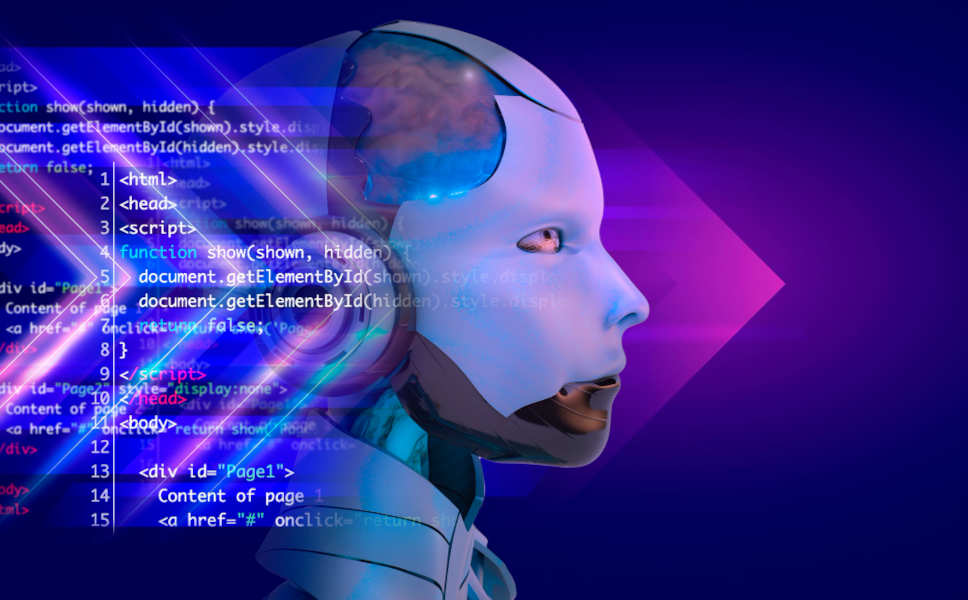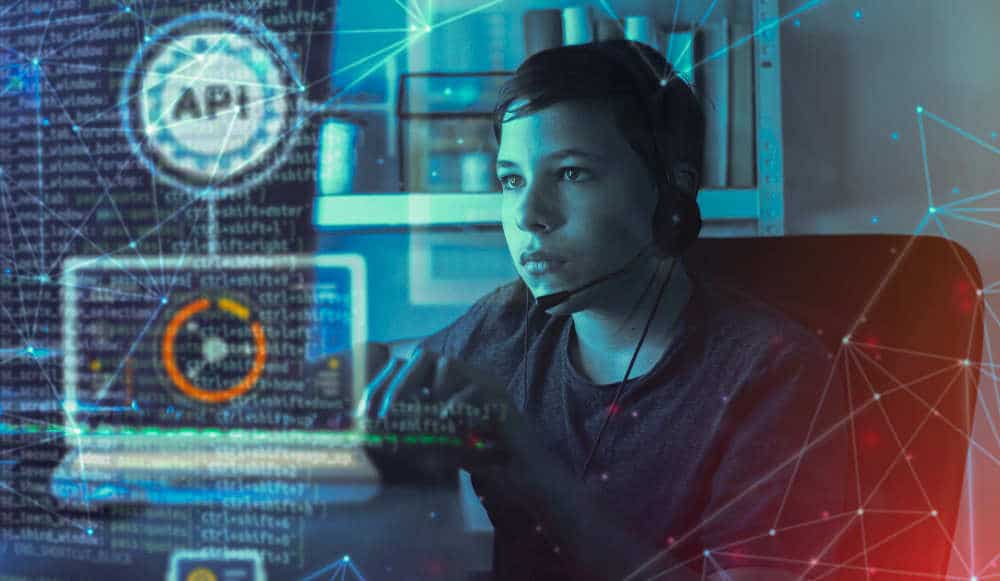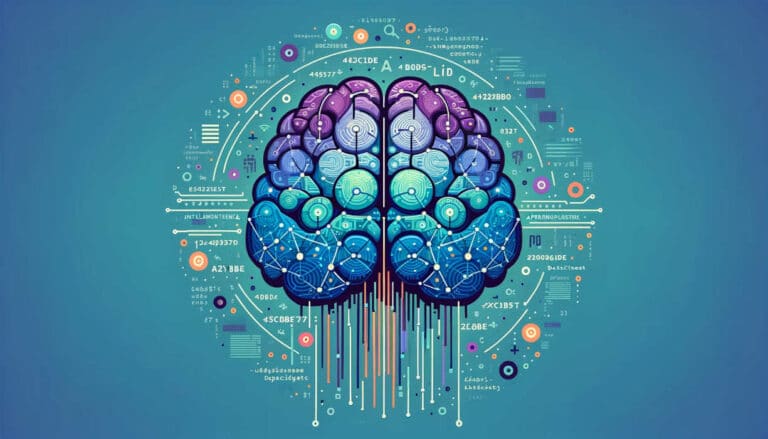Le fine-tuning est une technique permettant de spécialiser un modèle pré-entraîné de Machine Learning sur une tâche spécifique. Découvrez tout ce qu’il faut savoir sur cette technique au cœur de l’intelligence artificielle !Fine-tuning is a technique for specializing a pre-trained Machine Learning model on a specific task. Find out all you need to know about this technique at the heart of artificial intelligence!
Machine Learning is evolving fast, very fast. In recent years, the design of pre-trained models has been propelled to the center of technological advances. These models, trained on vast data sets, capture general knowledge that can be applied to a wide variety of tasks.
In the field of natural language processing (NLP), in particular, large language models (LLMs) are booming. They have opened the door to a wide range of applications, from language translation and sentiment analysis to intelligent chatbots like ChatGPT. However, to meet the specific needs of different applications, a technique for specializing the model has emerged as a must: fine-tuning.
Before discussing this approach and its many advantages in detail, let’s take a look at pre-tuned models.
BERT, GPT... what is a pre-trained model?
Derived from large datasets, pre-trained models are neural networks holding general knowledge that can be applied to a variety of tasks. Well-known examples include GPT, BERT and RoBERTa.
Each of these models has its own specific characteristics. The different layers and activation functions used impact the way the model processes information, interprets and represents data.
Fine-tuning involves adjusting certain model parameters, such as learning rates, neuron weights and other hyper-parameters that can be modified to suit a specific task.

What is Fine-Tuning?
Unlike initial training, which requires massive datasets such as ImageNet, this refinement focuses on more restricted and specialized data.
It is an iterative process that aims to improve the model’s performance on a particular task, without losing the prior knowledge acquired during initial training.
The central idea lies in the model’s ability to generalize to new domains while retaining its ability to specialize.
Fine-tuning makes it possible to adjust the weights of connections between neurons so that they are better adapted to the new task without significantly disrupting pre-existing knowledge.
This approach has a wide range of applications in many fields. In Computer Vision, for example, a model pre-trained on a vast collection of images can be fine-tuned to detect specific objects in a particular context, such as autonomous vehicles or surveillance cameras.
As an example, a model pre-trained on generic imaging data can be fine-tuned for the detection of specific organs in medical images.
Similarly, in natural language processing, they can be refined for specific tasks such as classifying legal documents, detecting emotional tone in texts, or even machine translation adapted to professional jargon.
A model pre-trained on generic text data can thus be fine-tuned to classify sentiments in comments on a company’s Facebook page. These few examples demonstrate just how useful this approach can be for a company!
The stages in the Fine-Tuning process
Fine-tuning requires a methodical and precise approach. The process begins with data collection and preparation. They must be of high quality, specific to the target task, and representative of the real-life scenarios the model will face.
Data cleansing is also essential to eliminate errors, duplicates and inconsistencies. This formatting then facilitates refinement.
The second step is to choose the pre-trained model best suited to the specific task. For example, a model pre-trained for image recognition may be better suited to object detection than one pre-trained for NLP.
Before starting Fine-Tuning, we evaluate the initial performance of the selected model on the target task. This provides a baseline against which subsequent improvement can be measured.
Then it’s time to fine-tune hyper-parameters such as learning rate, number of iterations and batch size. This makes all the difference between model convergence and over-fitting.
Techniques such as random search, grid search and Bayesian optimization can be used to find the best combinations of hyperparameters.

Advanced refining strategies
Beyond simple parameter tuning, advanced strategies can further optimize model performance while avoiding potential pitfalls.
Learning transfer involves using the prior knowledge acquired by a model on one task to improve its performance on a similar task.
The lower layers responsible for detecting general features are often retained, while the upper layers can be adjusted for the new task.
However, this transfer can lead to over-fitting if the training data is too specific. The use of regularization techniques such as dropout can mitigate this risk by introducing randomness into the learning process.
Another technique is progressive fine-tuning, which involves refining the model in several stages. We start with higher, more specific layers, before moving on to lower ones.
The aim?
To enable smoother adaptation and reduce the risk of losing crucial knowledge. Evaluating the model’s performance at each stage is essential to understanding its evolution.
This enables us to detect signs of over- or under-fitting, and adjust the strategy accordingly. All these advanced strategies help optimize model specialization while minimizing risk.
The best Fine-Tuning tools and libraries
The success of Fine-Tuning depends heavily on the tools and libraries available to facilitate the process. Among the most widely used frameworks is Google’s TensorFlow.
It offers advanced fine-tuning features such as APIs for learning transfer, or modules like TensorFlow Hub for ready-to-use pre-trained models.
Keras, a high-level interface for TensorFlow, simplifies the fine-tuning process, particularly for less experienced users. Its modular approach allows easy customization of models.
PyTorch, on the other hand, offers considerable flexibility, making it easy to manipulate model layers and adjust hyperparameters. Its popularity among researchers makes it a preferred choice.
Among the resources available online, the Hugging Face platform also offers pre-trained models for various Machine Learning tasks and tools such as the Transformers library.
Visualization solutions such as TensorBoard for TensorFlow or TensorBoardX for PyTorch facilitate real-time monitoring of model performance during Fine-Tuning.
Finally, the developer communities on GitHub and Stack Overflow are invaluable resources. They offer code examples, tutorials and discussions to help solve specific Fine-Tuning problems.

The challenges of Fine-Tuning: difficulties to overcome
Understanding the potential obstacles to Fine-Tuning is crucial to implementing effective solutions and guaranteeing the success of pre-tuned model optimization.
One of the main risks is over-fitting, already mentioned in the previous chapter. This is a situation where the model adapts too much to the training data and fails to generalize appropriately to the new data.
This phenomenon can be mitigated by using control techniques such as dropout, batch normalization or other methods introducing control mechanisms.
Similarly, the creation of a separate validation set makes it possible to monitor model performance on data not used during Fine Tuning. This helps to detect signs of over-fitting and adjust parameters accordingly.
Another problem: when the classes in the training data are unbalanced, the model may show unfair preferences towards the majority class. The use of class weights can help balance the influence of different classes on the loss function, ensuring better generalization.
In addition, Fine Tuning can sometimes accentuate biases present in the original data. Diversification of data sources, the use of synthetic generation techniques, or the application of bias correction methods can help overcome this shortcoming.
Conclusion: fine-tuning artificial intelligence models
By allowing AI models to specialize on specific tasks, Fine-Tuning maximizes their performance. This technique is at the heart of the AI revolution, enabling the technology to be deployed in a huge variety of fields.
New developments are expected in this field in the future. Multi-task fine-tuning will enable pre-trained models to evolve into architectures capable of adapting to multiple tasks simultaneously, optimizing efficiency in real-world scenarios requiring diverse skills.
Likewise, methods could become more dynamic to allow continuous adjustment of models as new data becomes available. This will eliminate the need to start the whole process from scratch.
To master all the subtleties of Fine Tuning, you can choose DataScientest training courses. Through our various courses, you can quickly acquire real expertise in artificial intelligence.
Our Data Scientist and Machine Learning Engineer courses will teach you how to program in Python, master DataViz tools and techniques, Machine Learning and Data Engineering, as well as integration and continuous deployment practices for ML models.
These courses can be completed by continuing education or intensive BootCamp, and lead to “Project Manager in Artificial Intelligence” certification from the Collège de Paris, a certificate from Mines ParisTech PSL Executive Education and AWS Cloud Practitioner certification.
The Deep Learning course runs continuously over 10 weeks. It teaches you how to use the Keras and Tensorflow tools, and AI techniques such as Computer Vision and NLP.
Finally, to enable you to exploit the full potential of AIs such as DALL-E and ChatGPT, our Prompt Engineering & Generative AI training course extends over two days and will make you an expert in prompt writing and fine-tuning.
All our training courses take place entirely by distance learning via the web, and our organization is eligible for funding options. Discover DataScientest now!











